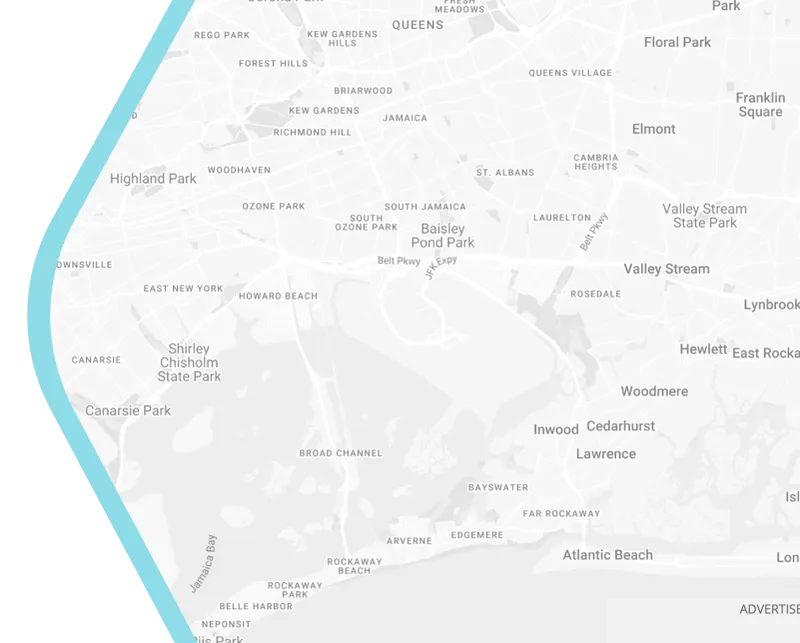
Building Tomorrow's Cities: Creating Livable and Sustainable Smart City Ecosystems
Imagine a city where every aspect of urban life is seamlessly connected, optimized for efficiency, and designed to enhance the well-being of its citizens. This vision, while ambitious, is becoming increasingly attainable through the development of livable and sustainable smart city ecosystems. As urban populations continue to grow, the need for innovative solutions to address challenges like traffic congestion, environmental sustainability, and resource management becomes paramount. This blog post explores the critical components of creating such ecosystems and how they can transform our cities for the better.
Defining the Concept: What is a Livable and Sustainable Smart City Ecosystem?
A livable and sustainable smart city ecosystem is more than just a collection of technologies. It's an integrated and interconnected network of systems designed to enhance the quality of life for residents while minimizing environmental impact. This ecosystem leverages data, technology, and collaboration to create efficient, resilient, and inclusive urban environments. It's about creating a city that not only functions smoothly but also fosters a sense of community and well-being. This requires a holistic approach, considering everything from energy and transportation to public services and citizen engagement.
Key Components: Building the Foundation
Creating a successful smart city ecosystem involves several key components. Firstly, robust digital infrastructure is essential, including high-speed internet, sensor networks, and data analytics platforms. This infrastructure enables the collection and analysis of real-time data, which informs decision-making and optimizes resource allocation. Secondly, sustainable energy solutions, such as smart grids and renewable energy sources, are critical for reducing carbon emissions and enhancing energy efficiency. Thirdly, smart transportation systems, including intelligent traffic management and electric vehicle infrastructure, can alleviate congestion and promote sustainable mobility. Finally, citizen-centric services, such as digital platforms for accessing public services and participating in urban planning, are essential for fostering engagement and inclusivity.
Benefits and Advantages: A City Designed for the Future
The benefits of a livable and sustainable smart city ecosystem are far-reaching. By optimizing resource management, cities can reduce waste and pollution, leading to a cleaner and healthier environment. Smart transportation solutions can alleviate traffic congestion, reducing commute times and improving air quality. Enhanced public services, delivered through digital platforms, can improve citizen satisfaction and streamline administrative processes. Moreover, these ecosystems can foster economic growth by attracting investment and creating new job opportunities in the technology sector. Ultimately, a well-designed smart city ecosystem can enhance the overall quality of life for residents, creating vibrant and thriving communities.
Implementation Considerations: Practical Guidance for Success
Implementing a smart city ecosystem requires careful planning and collaboration. It's essential to develop a comprehensive strategy that aligns with the city's unique needs and goals. This involves conducting thorough assessments of existing infrastructure and identifying areas for improvement. Data privacy and security must be prioritized, with robust measures in place to protect citizen information. Public-private partnerships can play a crucial role in leveraging expertise and resources. Engaging with citizens throughout the process is also essential, ensuring that the ecosystem meets their needs and reflects their values. Finally, a long-term vision is needed, with a focus on continuous improvement and adaptation to emerging technologies.
Future Trends and Innovations: Shaping the Next Generation of Cities
The future of smart city ecosystems is bright, with several emerging trends poised to transform urban environments. Artificial intelligence (AI) and machine learning (ML) are enabling more sophisticated data analysis and automation, leading to more efficient resource management and personalized services. The Internet of Things (IoT) is expanding the reach of sensor networks, providing real-time data on everything from air quality to traffic flow. Blockchain technology is enhancing transparency and security in data management and transactions. Furthermore, innovative solutions like vertical farming and circular economy initiatives are contributing to more sustainable and resilient urban environments.
=====
Creating a livable and sustainable smart city ecosystem is a complex but rewarding endeavor. If you're ready to embark on this journey, Smart City SS can help. Contact us today to learn more about our comprehensive smart city solutions and how we can assist you in building the city of tomorrow.

